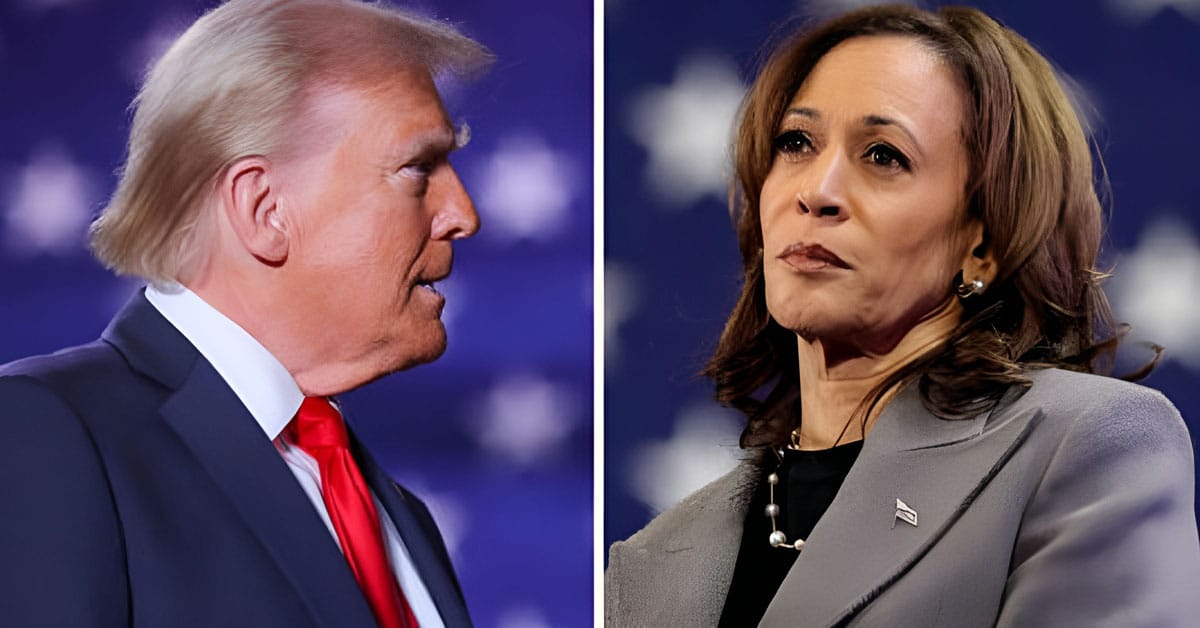Investigate the monetary viewpoint as the Next President of the United States heads into a political decision. Find how both Trump’s and Harris’ strategies could shape future thriving.
The U.S. economy is a serious area of strength for showing, with high customer certainty, significant work creation, and a consistent expansion in Gross domestic product.

This positive monetary force, notwithstanding, puts a huge obligation on the approaching president to either maintain or additionally improve these increases.
Both Trump and Harris have proposed approaches with unmistakable ways for the country’s financial future, expecting to address squeezing elector concerns and long-haul flourishing.
The President of the United States Financial Pointers Heading into Political Race
As of late, the U.S. economy has seen consistent enhancements, featured by buyer feeling, an ascent in private-area occupations, and strong Gross domestic product development. These measurements reflect current monetary well-being as well as shape the assumptions for citizens who are intently watching these pointers as they go with choices at the surveys.
Strategy Plans of Donald Trump
Donald Trump’s financial stage fixates on drives like carrying out all-inclusive levies and reducing corporate government expenditures. While these arrangements mean to support homegrown organizations and lessen dependence on imports, they could likewise prompt market unpredictability and potential expansions in buyer costs as organizations change by these financial movements.
Strategy Plans of Kamala Harris
Kamala Harris’ monetary strategies center around expanding corporate duties, carrying out measures against corporate cost gouging, and advancing abundance rearrangement. Harris’ methodology means to diminish financial dissimilarity and backing center to bring down pay families however, it might confront difficulties in acquiring support from bigger partnerships and major league salary gatherings.
Financial Worries Among Citizens
Surveys demonstrate that a critical part of Americans are worried about the chance of a financial slump. Both Trump and Harris perceive these worries and have situated their arrangements as answers for forestalling possible downturns, each underlining different monetary shields and development techniques.
Likely Effects on the Future Economy
The drawn-out effects of all applicant’s strategies shift significantly. Trump’s methodology might focus on transient business development and market strength, while Harris’ approaches are probably going to advance more noteworthy financial value and solidness.
Each approach accompanies compromises that could influence monetary development, advancement, and the more extensive monetary scene of the country.
Conclusion
As the political race moves close, the stakes for the fate of the U.S. economy stay high. The two competitors offer unmistakable financial strategies with the possibility to shape the country’s flourishing long into the future.
Electors face the basic decision: which approach will best maintain the ongoing monetary force and lead the U.S. toward maintainable development?
Three days before the election, Trump and Harris are frantically zigzagging around swing states.